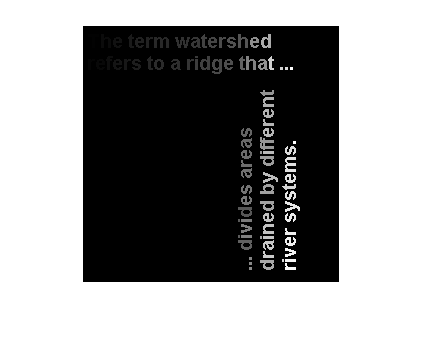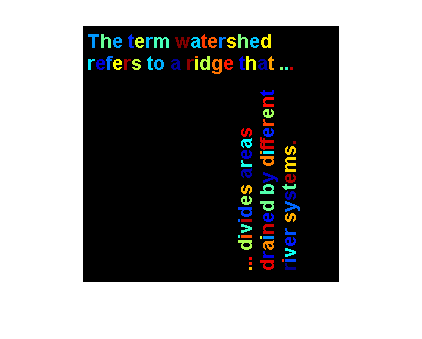labelmatrix
Create label matrix from objects in connected components
Syntax
Description
A label matrix assigns unique integer values to objects or connected components in a binary image. Use a label matrix to visualize distinct objects or connected components.
Examples
Input Arguments
Output Arguments
Version History
Introduced in R2009a


